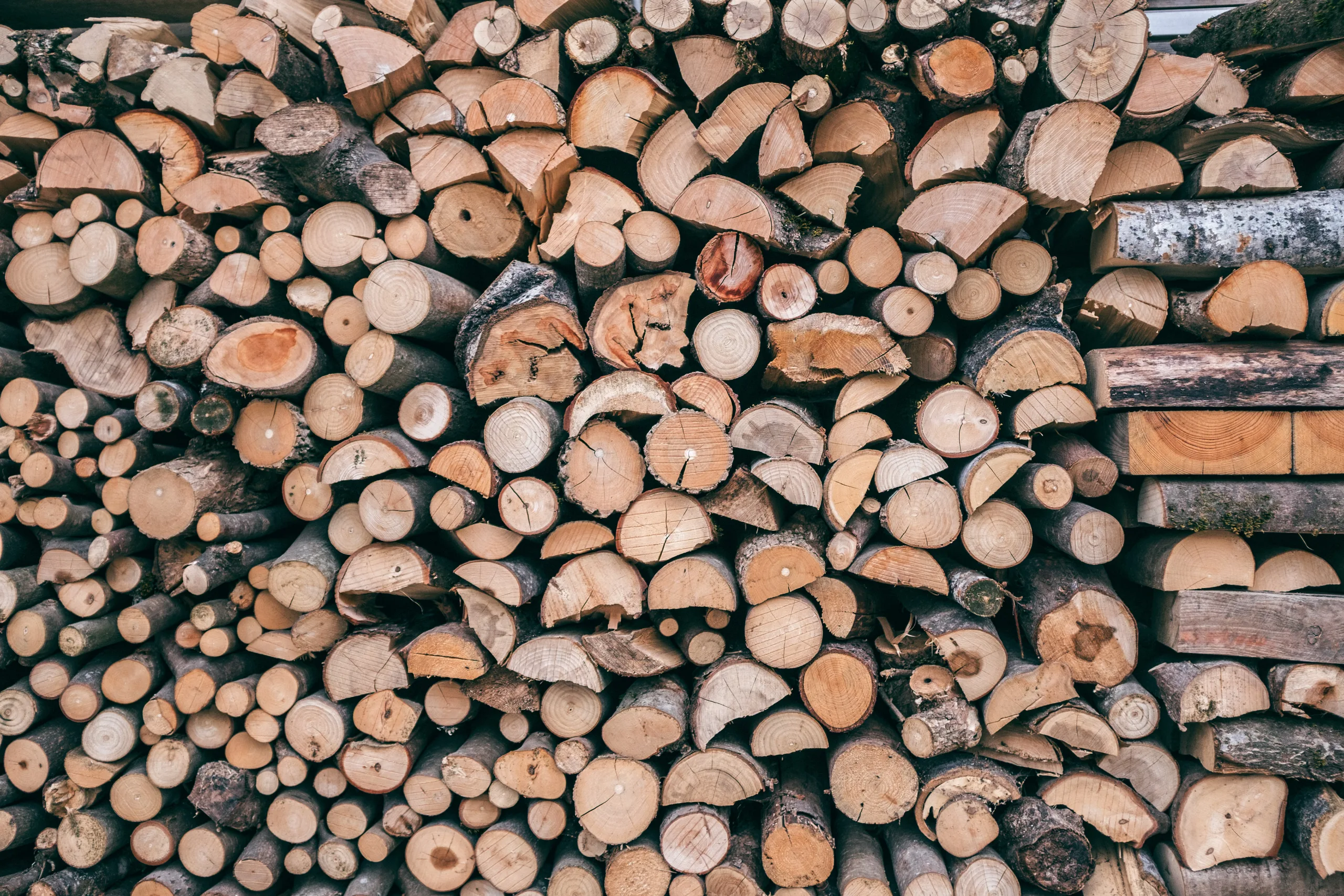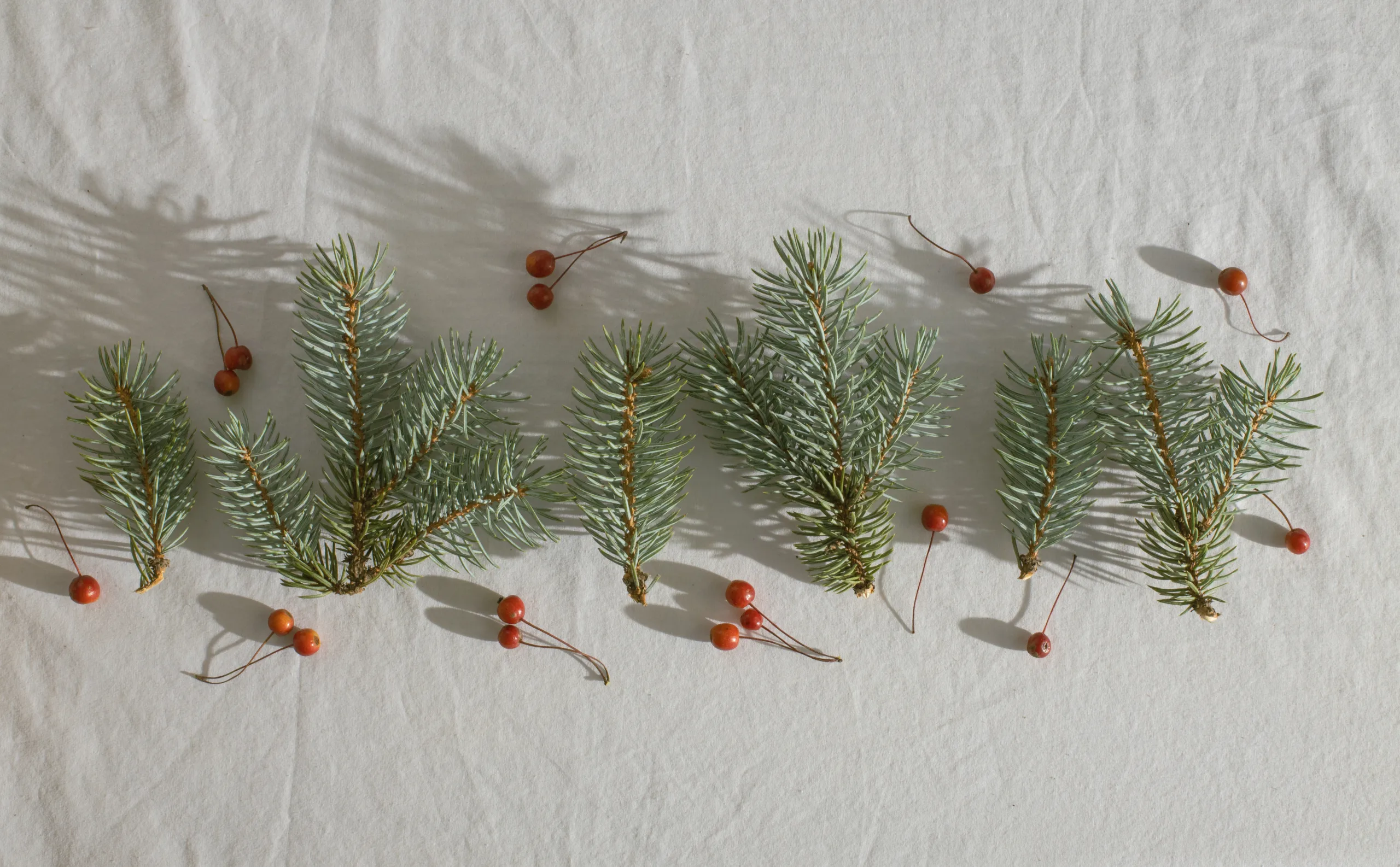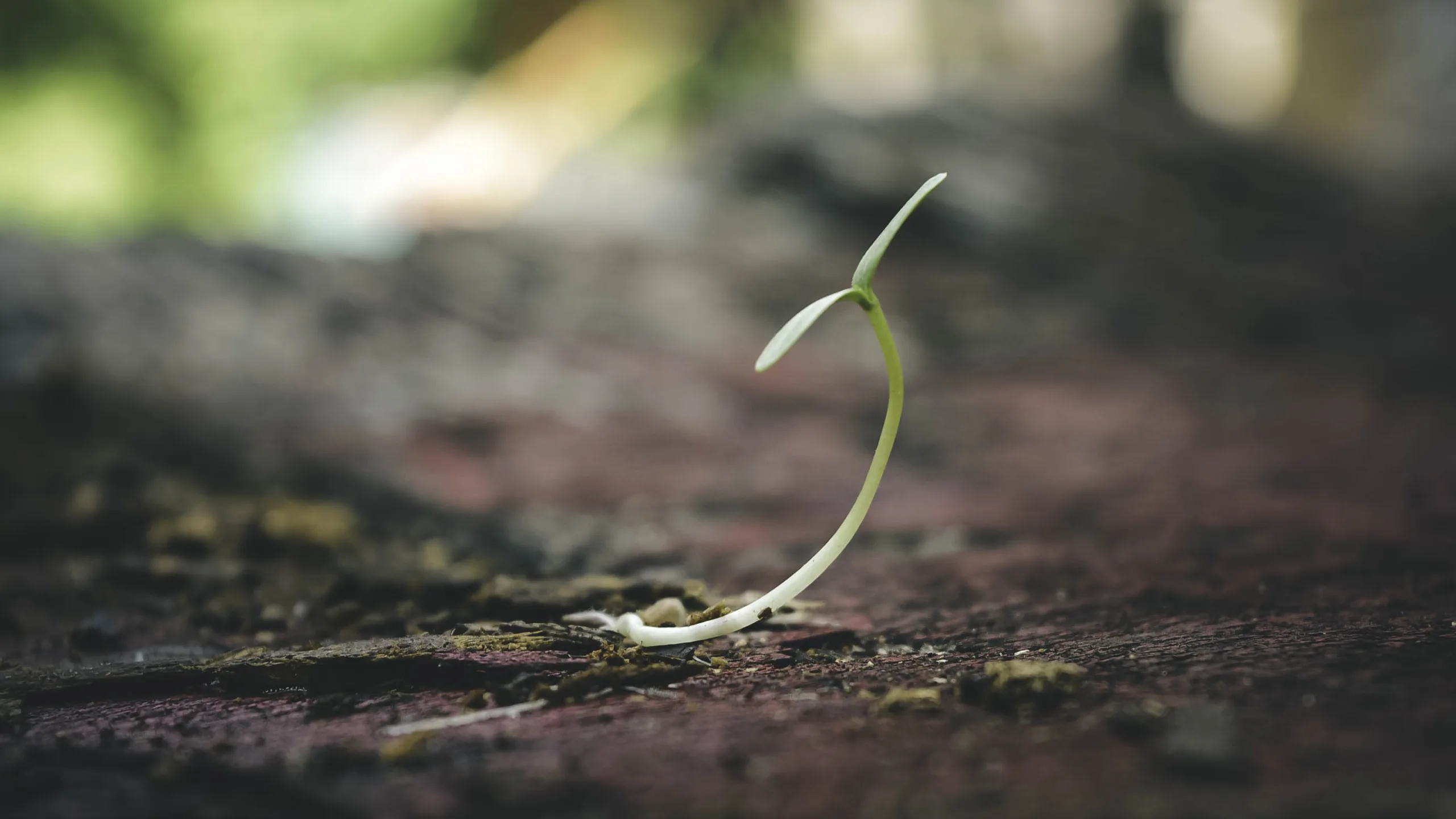Growing your own trees from seeds can be both a rewarding and economical experience. The process of preparing tree seeds for planting, however, can be daunting if you are unfamiliar with the steps involved. Knowing how to prepare tree seeds correctly is an important step in ensuring a successful germination rate, and this article will explain the necessary steps to get started. From selecting the best type of seed for your needs, to cleaning and pre-treating them, this guide will provide all the essential information you need to ensure that your tree-growing project is successful.
Understanding the different varieties of tree seeds is an important part of successful tree planting. There are a variety of tree seed varieties available, and each has its own unique characteristics and features. Some common tree seed varieties include conifers, deciduous trees, evergreens, fruit trees, and nut trees. Each variety requires different soil conditions and climates for successful growth. Additionally, some species may require special care or protection from predators or other environmental factors. Choosing the right seed variety for your climate and location is an important step in successful tree planting.
Collecting Tree Seeds
Collecting tree seeds is a great way to get involved in tree planting and conservation efforts. Tree seeds can be collected from a variety of sources, including wild trees, nurseries, and seed suppliers. Collecting the right kind of tree seed is essential for successful planting efforts. Different species of trees have different seed requirements, so it is important to understand the differences before collecting seeds. Depending on the type of tree, it may be necessary to collect only ripe or unripe seeds, or to collect a specific type of seed coating material.
Once you have collected your desired tree seeds, you should store them in an airtight container and keep them in a cool, dry place until you are ready to plant them. The best time to plant tree seeds is during the spring or fall when temperatures are milder and soil moisture levels are more consistent. If you need help determining when to plant your tree seeds, consult with a local nursery or arborist for advice. Planting instructions will also vary depending on the species of tree you are planting; some require stratification or scarification before planting.
Tree seed collection can be an easy and rewarding activity for anyone interested in helping protect and restore our natural environment. With proper collection methods and storage conditions, collected tree seeds can provide a reliable source of new trees that can help enhance our forests, parks, and other green spaces.
Drying Tree Seeds
Collecting tree seeds is an important part of cultivating and propagating trees. However, if the seeds are not dried properly, they will not be viable. The amount of moisture in the seed must be reduced to a certain level before it can be stored and used for future planting. To do this, the seeds must be dried at a temperature no higher than 37 degrees Celsius, and carefully monitored until moisture levels have been reduced to between 6-12%.
Cleaning Tree Seeds
Once the tree seeds have been completely dried, they must then be cleaned before they can be used for planting. During the drying process, dirt and debris may accumulate on the seed coat which can reduce its germination rate when planted. To clean these seeds, simply brush them off with a dry cloth or use a soft brush to remove any dust or dirt that has accumulated on the surface. It is important not to use water during this process as it could cause the seed coat to weaken.
Once cleaned, you should store your tree seeds in an airtight container in a cool dark place. This will help ensure that they remain viable and ready for planting when needed. Careful drying and cleaning of tree seeds is essential for successful propagation and cultivation of trees.
Strategies for Stratifying Tree Seeds
Tree seeds need stratification in order to break down the hard outer coating of the seed and allow the internal embryo to germinate. Without stratification, the seed will not be able to sprout. There are several strategies for stratifying tree seeds, depending on the species being grown.
One strategy is to moisten the seeds with a damp cloth or paper towel and then place them in a sealed container in a refrigerator for two to four weeks. This helps to mimic winter temperatures and allows the embryo inside the seed to break down its own coating and begin germination. After two to four weeks, take out the seeds from the refrigerator and plant them in soil.
Another strategy is called cold storage or cold soaking. This involves soaking seeds in water overnight before planting them directly into soil. Cold storage helps crack open hard seed coats so that water can penetrate and stimulate germination. This method is best used with tree species that have thicker coats or are difficult to stratify.
Finally, some tree species require specific temperatures in order for their seeds to germinate successfully. These temperatures can range from slightly cool to cold, depending on the species being grown. For example, some tree species require alternating periods of warm (60-70°F) followed by cold (35-40°F) temperatures for stratification and germination success. If this method is required, it is best to purchase a seed starting mat that has adjustable temperature settings in order to provide optimal conditions for germination success.
Stratification of tree seeds can be a tricky process but with careful attention paid to temperature and moisture levels, it is possible achieve successful results. Different strategies should be used depending on what species of trees are being grown but with patience and perseverance, it is possible achieve success when growing trees from seed!
Planting Species with Hard Coats
Many plants have hard coats that help protect them from damage. These hard coats can be beneficial when planting species in areas with harsh climates, such as extreme temperatures or high winds. Hard coats also help protect plants from pests, disease, and other environmental hazards. When selecting plants for an area, it is important to consider the types of hard coats available and how they will affect the plant’s growth and survival.
Hard coats come in a variety of forms. The most common type is a thick, waxy coating that helps shield the plant from water loss and also acts as a barrier against insects and other pests. This type of hard coat can be found on many cacti and succulents as well as some trees and shrubs. In addition to this type of protective coating, some plants have a more flexible type of coating that allows them to bend in strong winds without breaking or snapping like a brittle coat would. This type of flexible coating is more common among grasses, palms, and some flowering shrubs.
In addition to these two main types of hard coats, there are also specialized protective coverings that are designed for specific environments or species. For example, some aquatic plants have specialized protective coverings to help them withstand strong currents or challenging water conditions. Other specialized covers may provide extra protection from sunlight or UV radiation for sun-sensitive species that cannot tolerate long exposure to direct sunlight.
When selecting plants for an area with harsh climates or conditions, it is important to consider the types of hard coats available and how they will affect the plant’s growth and survival. Planting species with hard coats can provide protection from harsh elements and help ensure successful establishment in difficult environments.

Breaking Open Hard Coats of Tree Seeds
Breaking open the hard coats of tree seeds can be a difficult process. The hard coats of many tree seeds are designed to protect the seed from predators and the elements, making them difficult to crack open. Fortunately, there are several methods that can be used to successfully break open these hard coats.
One method is to use a hammer or mallet to gently tap the seed until it cracks open. This can be a time consuming process, but is effective in breaking open most types of hard coats. Another method is to soak the seed in water for several hours before attempting to crack it open. This allows the water to soften the coat, making it easier to crack open.
For larger seeds, a vice or pliers can be used to apply pressure until the coat cracks open. This should only be done by experienced individuals who understand how much pressure should be applied and take appropriate safety precautions. For smaller seeds, a pair of tweezers or needle-nose pliers may also be used in combination with gentle pressure and twisting motion until the coat cracks open.
One final method of breaking open hard coats involves using boiling water or steam. The hot water or steam softens the coat and makes it easier for it to crack open once cooled down. This is particularly effective for large seeds as well as small ones that are difficult to crack using other methods.
Regardless of which method is used, care should always be taken when breaking open hard coats of tree seeds as they may contain viable seedlings that can be damaged if too much force is applied. With patience and care, however, most types of hard-coated tree seeds can successfully be cracked open without damaging their contents.
Scarifying Tree Seeds with Sandpaper
Scarifying tree seeds with sandpaper is a simple and effective way to improve the germination rate of tree seeds. This technique involves lightly abrading the seed coating, allowing moisture to penetrate and the seed to germinate more quickly. This process can be done by hand or using a mechanical tool such as an electric sander.
To begin, you will need sandpaper of different grades – coarse, medium and fine – as well as a container for the seeds. The type of sandpaper you choose will depend on the size of the seed coat and how thick it is. Coarse sandpaper is best for larger seeds, while fine sandpaper can be used for smaller seeds. You will also need some water to keep the paper from clogging up during use.
Once you have chosen your sandpaper and collected your supplies, place a single seed on the paper and rub it in a circular motion for about 30 seconds. This will help to break up the outer layer of the seed coat, allowing moisture to penetrate more easily and promoting faster germination. If necessary, use a slightly finer grade of sandpaper on any areas that seem particularly thick or hard.
Once you are finished scarifying each seed, place them into your container and add water until they are fully submerged. Allow them to soak in this solution overnight before sowing them in your desired location. Scarifying tree seeds with sandpaper is an easy way to improve their chances of successful germination, so why not give it a try?
Pre-Soaking Tree Seeds Before Planting
Pre-soaking tree seeds before planting is an important step in the process of germination. It helps to soften the seed coat, which can make it easier for the seed to break through and sprout. Pre-soaking also helps to ensure that the seed receives adequate moisture for germination. This is especially true for tree seeds with thick, hard seed coats. By pre-soaking the seeds, you can improve your chances of successful germination and ensure that your plants will grow strong and healthy.
The pre-soaking process should be done in a container filled with warm water and left for several hours or overnight. Different types of tree seeds may require different soaking times, so it’s important to research your particular species before starting this process. After soaking, the seeds should be planted immediately into a well-prepared bed or potting mix.
Pre-soaked seeds can be stored in a cool, dry place until they are ready to be planted. However, they should not be stored longer than a few days as they can quickly lose their viability and fail to germinate properly. It is best to plant them as soon as possible after pre-soaking them so that they have the best chance of successful germination.
Overall, pre-soaking tree seeds before planting is an important step in the process of successful germination and growth. It helps to ensure that your plants receive adequate moisture for germination and improves their chances of growing strong and healthy after planting. Be sure to research your particular species before you start pre-soaking so that you are sure to get the best results from your efforts!

Conclusion
Tree seed planting can be a rewarding experience, both for the environment and for the gardener. With the right tools and methods to prepare the seeds, you will be able to plant a healthy tree in your garden. The first steps are to identify the species of tree you want to grow, examine the seeds for viability, and clean them off any debris. You can then determine whether you need to soak or stratify them before planting. Once your seeds are ready, they should be planted in moist soil with adequate drainage and plenty of sunlight. With a bit of patience and care, your tree will take root and begin to grow!
Tree planting is an important part of preserving our environment. By preparing tree seeds properly for planting, you can ensure that your efforts will result in a healthy tree that will provide oxygen for generations to come.
Mark Hoffman is a dedicated arborist and tree care specialist with over a decade of experience. His love for trees began when he visited Yosemite National Park as a teenager and was awestruck by the giant sequoias. Mark pursued his passion by studying forestry at Michigan Technological University, where he earned a Bachelor of Science degree.
Since then, he has worked tirelessly in the field of arboriculture, helping to preserve and protect trees in his community. His expertise and dedication have made him a respected leader in the industry and a valuable resource for anyone seeking advice on tree care.
